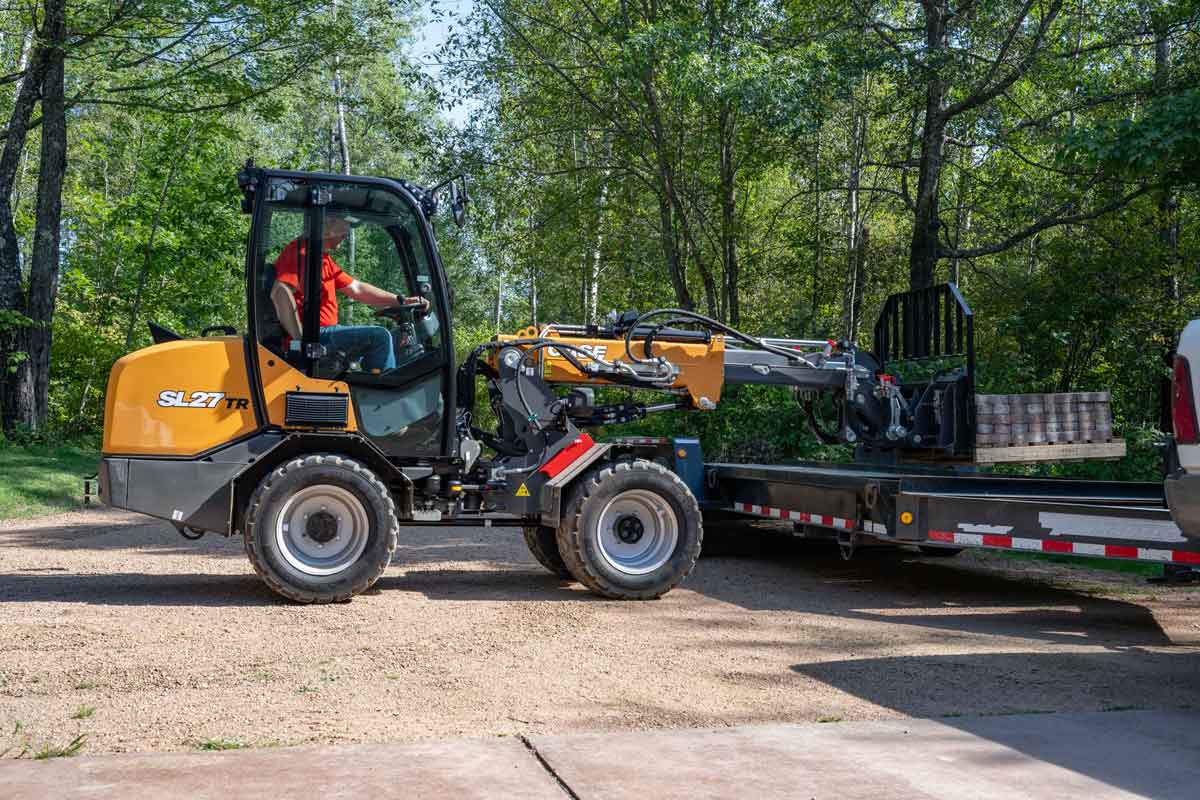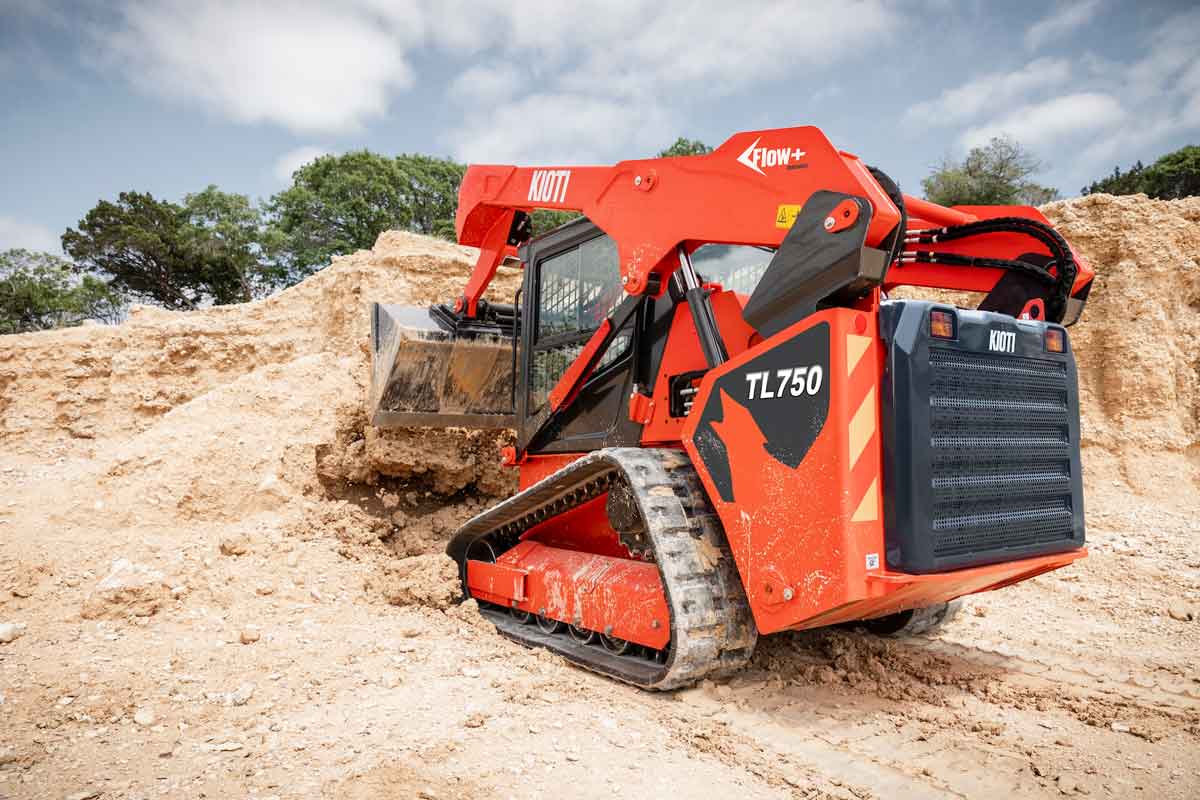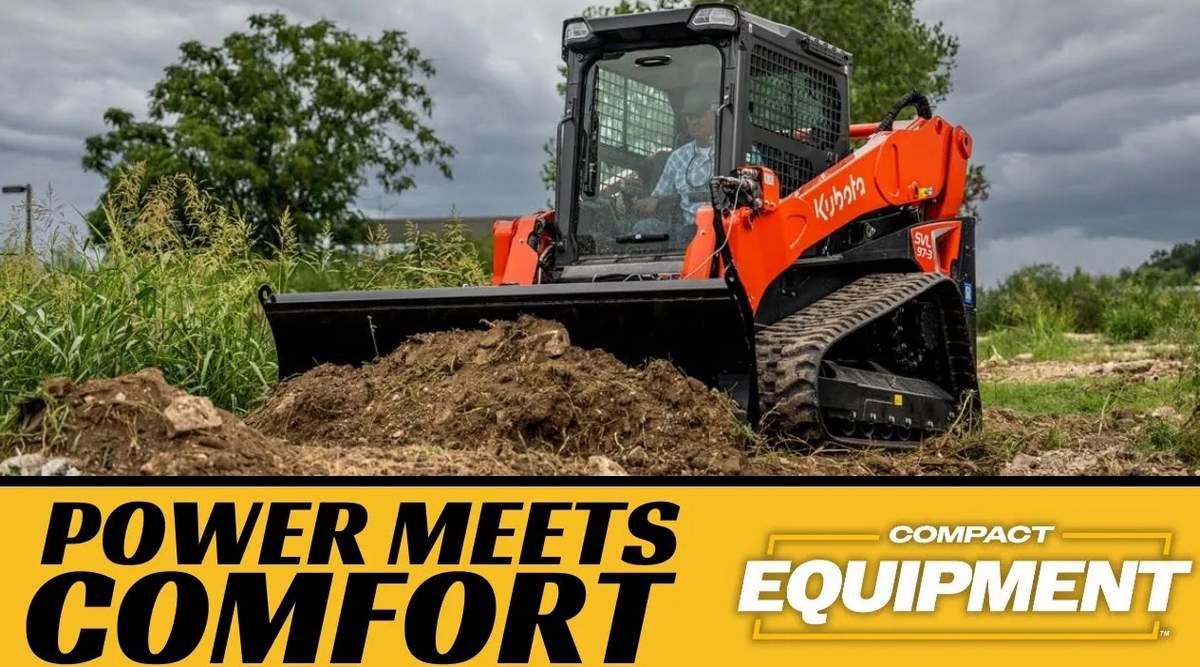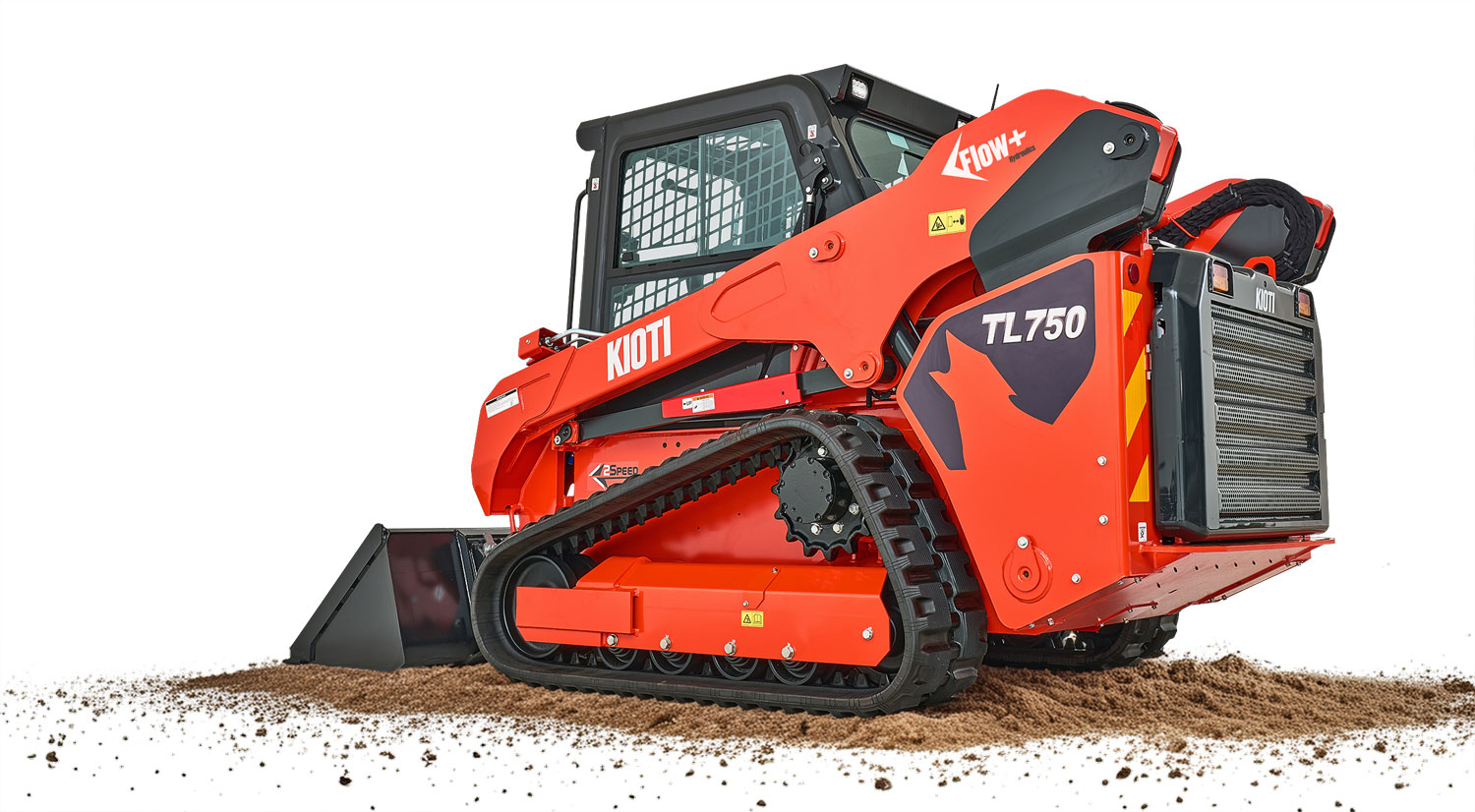Tips for Operating Smaller Compact Track Loaders Safely and Efficiently
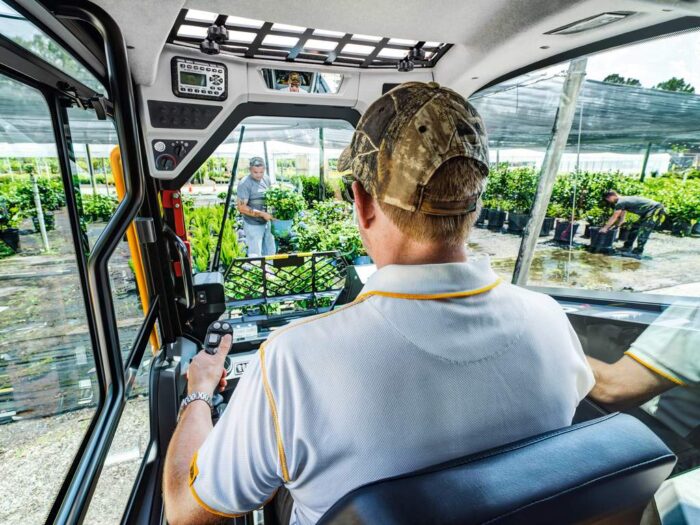
Compact track loaders (CTLs) come in all shapes and sizes, and while the smaller models may look less intimidating, they demand the same level of respect and attention as their larger counterparts. These nimble, versatile machines shine in tight spaces and delicate jobsites, but operators need to understand their unique strengths and limits to get the most out of them. From stability on slopes to visibility around obstacles and the importance of tailoring controls for comfort, the details make the difference in both performance and safety. To help contractors and crews operate smaller CTLs more effectively, we asked experts from JCB, John Deere, Takeuchi, Wacker Neuson and Bobcat to share their top tips.
Match the Machine to the Job
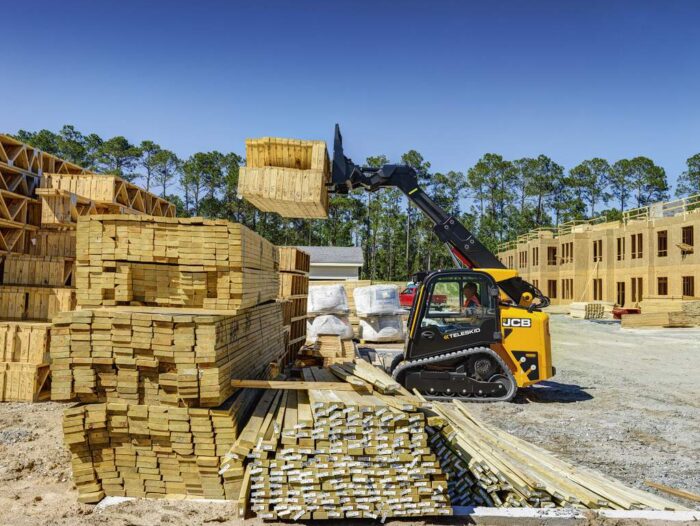
Lee Tice, Product Manager, JCB
Operating a smaller compact track loader is not drastically different from running a larger model, but there are a few key considerations that can make a big difference in safety, efficiency and long-term performance. It starts with matching the machine’s capabilities to the job at hand. One of the most common mistakes contractors make is assuming a smaller machine will perform like a larger one in every application. While compact models like the JCB 2TS-7T and 215T offer impressive lifting capacity and attachment versatility, they are still limited by their rated operating capacity and hydraulic output. Overloading the machine, pushing it beyond its intended duty cycle or pairing it with undersized attachments can lead to performance issues, increased wear and even safety risks.
The right approach is to focus on the machine’s strengths — maneuverability, transportability and versatility in tight spaces. Smaller CTLs are ideal for jobsites where access is restricted or surface damage needs to be minimized. For example, using a 2TS-7T with a pallet fork to place materials over a fence line or into a tight corner maximizes both the machine’s reach and its productivity without overextending its capacity. Visibility is another operational advantage with smaller JCB models. Both the 2TS-7T and 215T feature JCB’s single-arm boom design, which provides better side-to-side visibility compared to twin-arm machines. This enhanced visibility helps operators work more confidently around people, obstacles and other equipment. Pair that with the side-door entry, which eliminates the need to climb over attachments or crawl under a raised boom, and you have a machine designed with both safety and ease of operation in mind.
Ease of operation is often better on smaller units, especially for less experienced operators. The machines are more nimble, easier to position and less intimidating to control. Features like JCB’s ergonomic servo controls and spacious cabs further improve operator comfort and control. That translates to better performance over long shifts and reduces fatigue-related mistakes on the jobsite. From an efficiency standpoint, daily maintenance and service checks are just as important on smaller CTLs as they are on larger ones. Taking advantage of features like ground-level service access and simplified hydraulic routing can help crews stay on top of preventative maintenance, reducing downtime and extending machine life.
Contractors should also be mindful of ground conditions and traction. While smaller CTLs have excellent flotation and ground pressure ratings, they are still susceptible to soft ground or loose material, especially when fully loaded. Proper weight distribution, careful operation on slopes and an understanding of the machine’s limits are key to maintaining safe and efficient performance. In short, smaller compact track loaders offer a lot of advantages, but they perform best when operators understand and respect their capabilities. Matching the right machine to the right job, staying proactive with maintenance and taking full advantage of safety and visibility features all help maximize the value and performance of these compact machines on any jobsite.
Traversing Hills and Joystick Settings
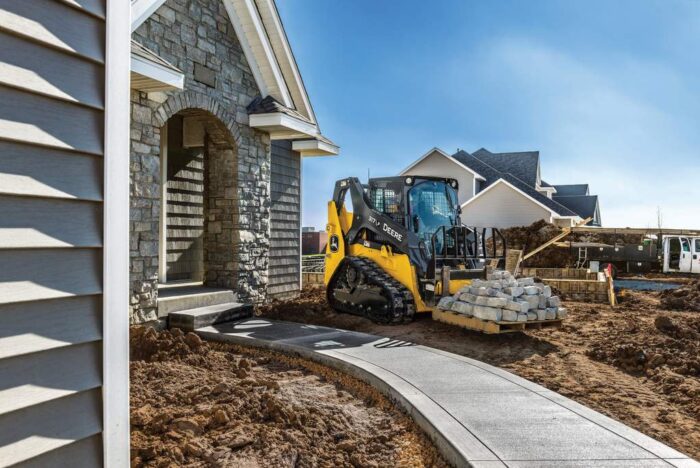
Emily Pagura, Product Marketing Manager, John Deere
For best stability, keep the heavy end of the CTL uphill since when there is no load, the rear of the machine is heavier making the machine more stable. In addition, anytime that there is a significant amount of track off the ground, go slowly to minimize the impact after the breakover point is reached. When it comes to visibility, the John Deere compact track loaders offer a good view of the edges of your attachment, tracks and out the rear window. However, CTLs in general can be difficult to adjust to for operators who are used to sitting up higher in larger equipment. For them, I’d recommend equipping the machine with the rearview camera with dedicated screen in the cab.
The compact track loader is incredible versatile and thus is often used in settings where either the primary operator is newer to the industry, or there are several operators in and out throughout the course of the job. When equipped with the Joystick Performance Package, the 317 P-Tier has a few adjustable settings that an operator can customize, including the control pattern, response settings and changing the foot pedal from acceleration to deceleration. One of the best operation tips I can give is to work through those settings to get the machine set up in the most efficient way for the current operator.
Prioritize Safety and Visibility
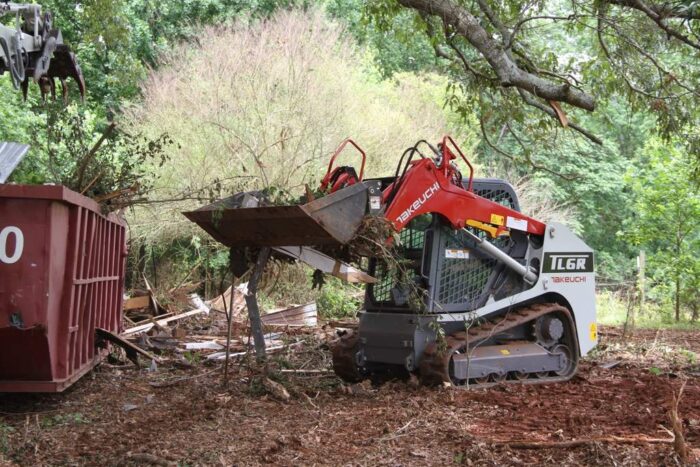
Dylan Freeman, Product Manager, Takeuchi-US
When using smaller compact track loaders, there are a few key operational tips to keep in mind. First, while smaller CTLs like our TL6R are generally easy to operate, they do require a bit more attention when navigating tight spaces. Their compact size gives them great maneuverability, but operators still need to be mindful of their movements to avoid potential obstacles or uneven ground that could affect stability. Even though these CTLs are smaller, they still require good spatial awareness to make the most of their capabilities.
One thing many operators appreciate with smaller CTLs is that they tend to have low-effort pilot controls, which reduce fatigue during long workdays. While they’re easy to operate, the precision of the controls is still key to getting the most out of the machine. Smaller track loaders are nimble, but operators should remember they may not have the same power as larger units, so they might need to adjust their techniques when lifting heavier loads or pushing through tougher terrain.
Because smaller CTLs have a lower profile and more compact design, visibility from the operator’s seat is good. In models like the TL6R, the controls are intuitively positioned, and the machine’s design helps reduce blind spots, which is particularly helpful in tight or crowded jobsites. Plus, features like a rearview camera and wide-angle mirrors can further enhance safety and visibility when working around other equipment or obstacles. Overall, these machines are designed to be intuitive and efficient, but just like any piece of equipment, getting the best results comes down to knowing how to operate them with the right techniques for the job at hand. They may be easier to handle in many ways, but operators should still be strategic in how they use them, especially when working with attachments or in restricted spaces.
Comfort, Safety and Balance

John Dotto, Product Application and Training Specialist, Wacker Neuson University
Operator comfort and safety are at the forefront of product design. EH joystick controls allow for low effort and adjustability to the operator’s preference in operating style or for the needs of a particular job. The large display makes it easy to adjust the joystick sensitivity and machine response settings for a fully customizable operating experience. From switch location and layout, to an angled foot rest in the floor board, and the ergonomically located handles, joysticks and armrests, the cab is specifically designed to reduce operator fatigue.
Panoramic visibility that keeps the jobsite easily within line of sight of the operator, is a big benefit in small loaders. With low-profile loader arms, the design of our units really opens up the visibility to the side of the cab. The vertical linkage on the rear of the machine is also designed to be out of the operator’s line of sight, maximizing visibility to the rear. One of the things you’ll notice when running a smaller machine is that the overall machine footprint, the track on the ground, and the machine weight need to be understood in order to maintain a safe balance on the machine. Side hills need to be approached with caution. Your pivot point on a shorter track base will be different than you’ll feel on a larger machine. In this case it’s not a one size fits all situation. Learn your loader’s limits and operate well within the limits that are defined as safe in your machine’s operators manual.
Similar Feel Across Sizes
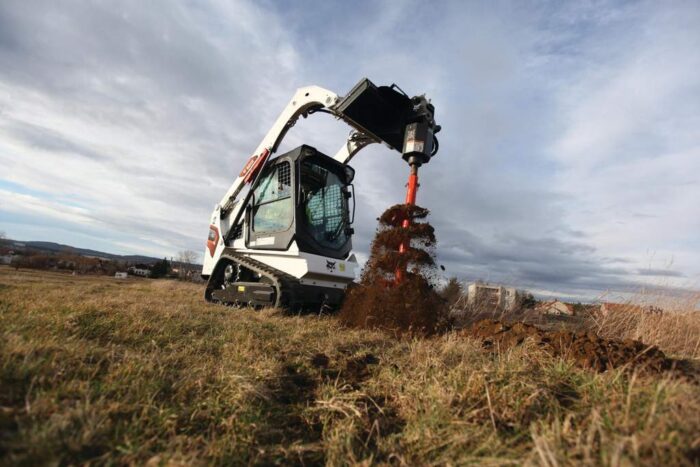
Kyle Emanuel, Product Information Specialist, Doosan Bobcat
I know a question I had was, is it easier to operate a smaller track loader versus a bigger track loader? I think in my mind, if you’re an experienced operator, you’re going to find them about equally the same. Because in general, if I’m used to a T86 and then I go to a 450, I think you’re going to figure it out. I think maybe if you’re a new user, you might find a smaller one easier at least initially. But yeah, in general, I think you’re going to find that they’re very similar to operate. It’s just getting out. It’s using one. Maybe you start in an open space where you can get used to the machine, go through the display, go through some of the buttons, go through the features and understand how the thing works. Regardless of size, the displays are similar. The joystick feels similar. Obviously they’re all tuned slightly differently for the size, but there’s quite a few things that are going to be common. Just scaled up.
Keith Gribbins is publisher of Compact Equipment.
Find out more about some of the largest skid steers on the market.

